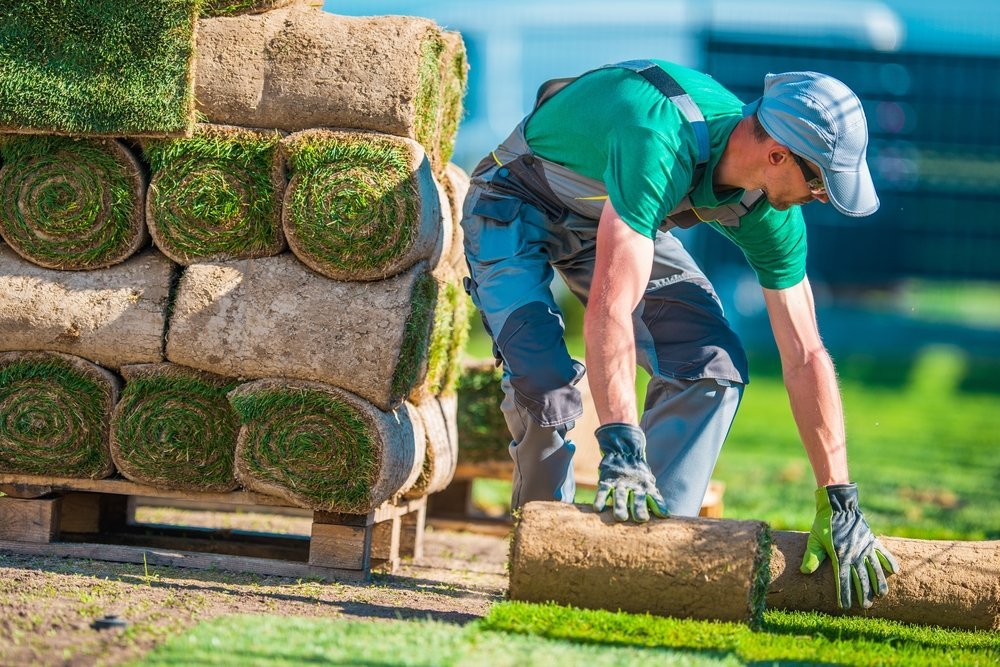
Some Injuries Are More Common Than Others Among Tech Workers
Some Injuries Are More Common Than Others Among Tech Workers
Tech jobs seem like safe office jobs that place strain on the brain, not the body. In fact, many tech workers spend so much time sitting at their desk that they have to be actively reminded to stand up and stretch every once in a while for their own wellbeing.
But despite the fact that most tech jobs are performed in an office setting, tech injuries are actually more common than you think.
Tech injuries like ‘tech neck’ and eye strain can affect tech workers like developers, designers, IT specialists, and anyone else who spends their day in front of a computer.
Tech Injuries – Tech Neck
Tech neck is a condition that occurs due to the constant bending of the neck from looking down at phone, tablet, and computer screens. Due to the large amount of daily screen time they experience, the condition tends to be more prevalent among those working in the tech industry.
But tech neck is certainly not exclusive to those working in tech. Heavy smartphone users can find themselves suffering from the condition too.
Tech neck can negatively affect posture, cause pain in the neck area, and can even lead to problems such as herniated discs.
Thankfully, there are several exercises you can do in order to relieve the pain of tech neck and potentially even realign your neck. If you suffer from tech neck, try these 3 exercises.
Chin Tuck
- While standing, tuck your chin in towards the rear of your body (like giving yourself a double chin)
- Hold for 10 seconds and repeat 5 times twice a day
- Will reset the curvature of your neck
Neck Extension
- While sitting up straight – arch your shoulders back and extend your head backward to look up towards the ceiling or sky
- Hold for 20 seconds and repeat 5 times twice a day
- Will improve your neck’s range of motion
Neck Tilt Stretch
- While standing upright, tilt your neck towards your left/right side by bringing your ear towards your shoulder
- Hold for 10 seconds and repeat 5 times
- Will stretch out the muscles on both sides of your neck and improve motion
Remember to take great care when performing these exercises! If you experience any pain or discomfort stop right away!
Tech Injuries – Eye Strain
Large amounts of screen time won’t just affect your neck, but also your eyes.
Eye strain is also a condition that is common among tech workers. Too much screen time strains the eyes and can result in a variety of symptoms including red eyes, headaches, and sore or tired eyes.
Optometrists have noted a significant increase in patients with tech-related eye strain. They recommend the 20-20-20 method to give your eyes a break and prevent eye strain. Every 20 minutes you should spend 20 seconds focusing on an object 20 feet away. This will give the eyes a chance to reset and rest.
There are other things you can do to relieve eye strain as well. The best thing you can do is limiting screen time and giving your eyes a break. Additionally, keeping a greater distance away from the screen and adjusting screen brightness may also help.
Another way to potentially relieve the pain of tech injuries is through chiropractic treatment. While chiropractic treatment won’t fix eye strains, it could help with tech neck. Contact us today to learn more!





